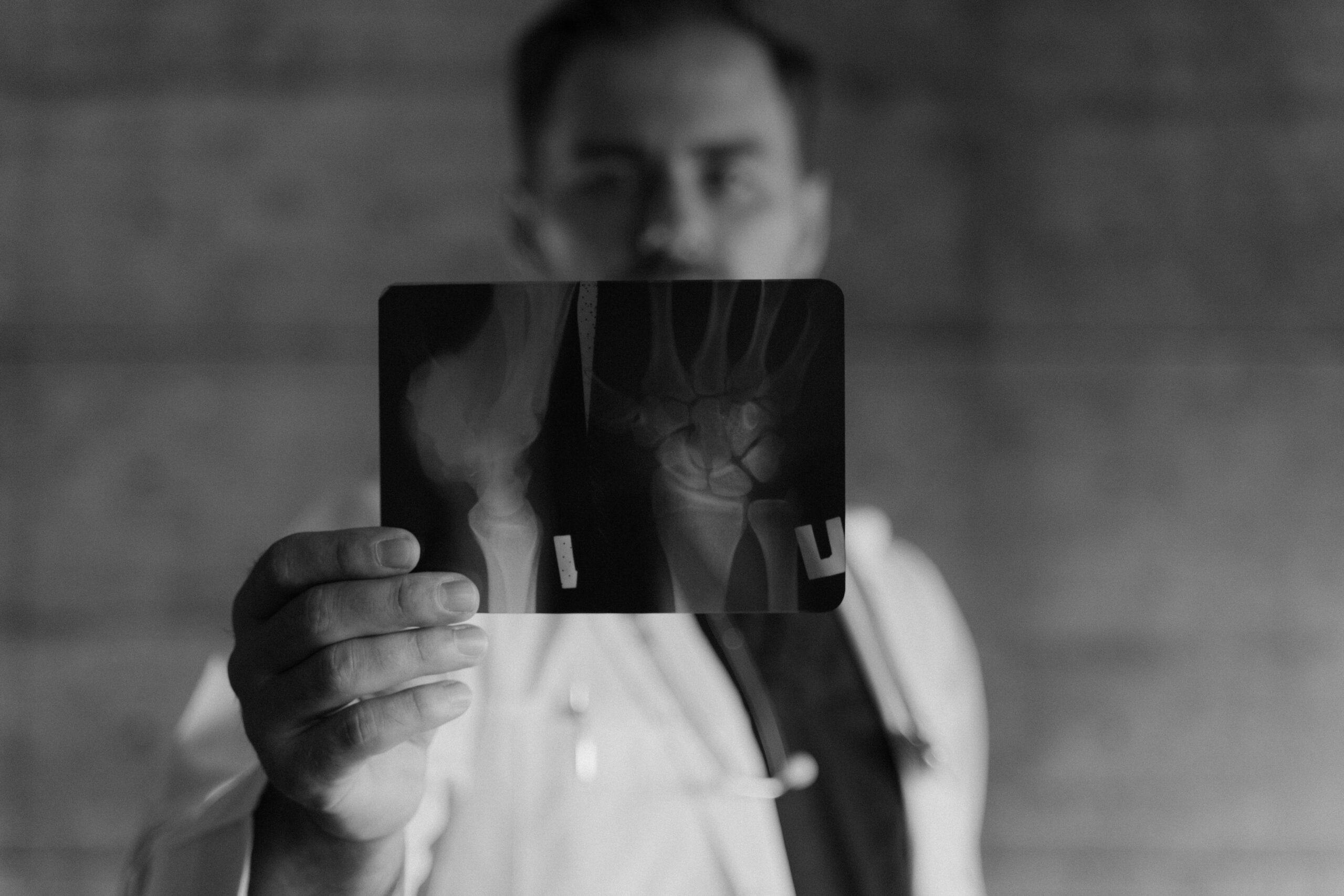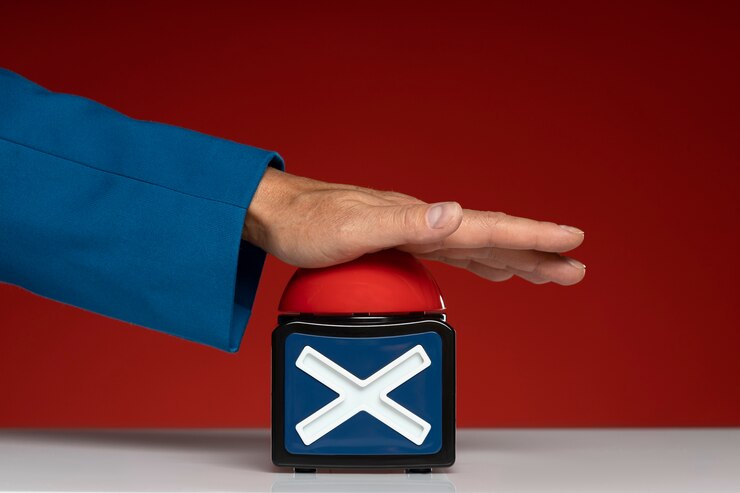Comprehensive Guide to Rehab Medical Billing
A Complete Guide to Rehab Medical Billing: Streamlining Your Revenue Cycle
Rehab medical billing involves documenting and coding various therapy services to ensure accurate and timely payment. Among the most critical elements in this process are the CPT codes, which standardize the description of services and streamline billing procedures.
Specifically, the CPT Code range 97110 to 97546 encompasses a wide array of therapeutic interventions, from therapeutic exercises (97110) to cognitive skills training (97546).
These codes help differentiate between various forms of therapy and ensure that each treatment is appropriately documented and billed, thus enabling a smoother revenue cycle and reducing the risk of claim denials.
Why Accurate Coding is Important in Rehab Medical Billing?
Accurate coding in rehab medical billing is essential for ensuring that rehabilitation services are billed correctly and reimbursed promptly. By using standardized codes, healthcare providers can clearly communicate the specifics of each diagnosis and treatment, which facilitates the effective processing of insurance claims.
This precision helps avoid claim denials and delays, ensuring that facilities receive appropriate compensation for the care they provide. Accurate coding not only supports financial stability but also enhances the quality of patient care by enabling tailored and appropriate treatment plans based on specific diagnoses.
- Standardization of Diagnosis: Accurate coding ensures that diagnoses are uniformly represented, making it easier for all healthcare providers to understand and coordinate care.
- Efficient Claims Processing: Correct codes help streamline the claims process with insurance companies, reducing the risk of claim rejections and delays.
- Enhanced Communication: Proper coding improves communication among healthcare providers by clearly detailing the services rendered and the conditions treated.
- Financial Stability: By avoiding coding errors and ensuring claims are processed correctly, facilities can maintain better financial health and resource management.
Cheat Sheet to ICD-10 Rehab Codes
The following cheat sheet provides a concise overview of key ICD-10 codes commonly used in rehabilitation settings, helping professionals quickly reference and apply the appropriate codes for accurate billing and documentation.
1. Physical Rehabilitation ICD-10 Codes
Orthopedic Conditions:- 0: Primary osteoarthritis of the hip. Used for patients with chronic hip joint pain and stiffness.
- 0: Primary osteoarthritis of the knee. Applicable to those with knee joint degeneration and discomfort.
- 001A: Fracture of the neck of the right femur, initial encounter. Indicates a recent, closed femoral neck fracture.
- 001A: Fracture of the right clavicle, initial encounter. For new, closed fractures of the right collarbone.
- 401A: Unspecified sprain of the right shoulder joint, initial encounter. Covers initial treatment for a shoulder sprain.
- 100: Unspecified rotator cuff tear or rupture of the shoulder. Used for non-traumatic rotator cuff injuries.
- 51: Bursitis of the shoulder. Indicates inflammation of the shoulder’s bursa.
- 60: Achilles tendinitis, unspecified leg. Applies to inflammation of the Achilles tendon in any leg.
- 351: Hemiplegia following cerebral infarction affecting the right dominant side. Describes paralysis on one side of the body due to stroke.
- 5X9A: Traumatic subdural hemorrhage with loss of consciousness. Used for brain bleeding from trauma with unconsciousness.
- 50: Quadriplegia, unspecified. Covers total paralysis affecting all four limbs without specifying the cause.
- G35: Multiple sclerosis. Indicates a chronic condition affecting the nervous system.
- G20: Parkinson’s disease. Used for the progressive neurological disorder causing tremors and rigidity.
- 21: Amyotrophic lateral sclerosis. Refers to the neurodegenerative disease affecting motor neurons.
- I21: Heart attack (myocardial infarction). Applies to patients who have suffered a recent heart attack.
- 5X9A: Congestive heart failure (CHF). Used for managing heart failure with fluid buildup.
- J44: Chronic obstructive pulmonary disease (COPD). Covers long-term lung disease with airflow obstruction.
- 10: Pulmonary fibrosis. Refers to lung scarring affecting breathing capacity.
- 81: Post-cardiac surgery recovery. Used for patients recovering from heart surgery.
2. Cognitive and Speech ICD-10 Codes
Cognitive Disorders:- 81: Post-concussion syndrome. For symptoms following a concussion, including headaches and dizziness.
- F03: Dementia and Alzheimer’s disease. Covers progressive memory loss and cognitive decline.
- 31: Cognitive impairments post-stroke. Refers to memory and cognitive issues following a stroke.
- F90: Attention deficit hyperactivity disorder (ADHD). Used for diagnosis of persistent inattention and hyperactivity.
- 32: Aphasia. Describes language impairment often occurring after a stroke.
- 1: Dysarthria. Refers to motor speech disorder affecting speech clarity.
- 9: Voice disorders. Covers various issues affecting voice production.
- R13: Swallowing disorders (dysphagia). Used for difficulties with swallowing.
3. Psychological and Behavioral Conditions ICD-10 Codes
Mental Health Conditions:- F32-F33: Depression and anxiety disorders. Covers major depressive episodes and generalized anxiety.
- F31: Bipolar disorder. Used for mood disorder characterized by extreme mood swings.
- 1: Post-traumatic stress disorder (PTSD). Refers to stress symptoms following a traumatic event.
- F20-F29: Schizophrenia and other psychotic disorders. Applies to various severe mental disorders with distorted thinking.
- 20: Alcohol dependency. Used for diagnosing chronic alcohol use disorder.
- F11-F19: Drug addiction. Covers various substance use disorders, including opioids and stimulants.
- 0: Behavioral addictions. Refers to non-substance-related compulsive behaviors like gambling.
4. Pediatric Rehabilitation Conditions ICD-10 Codes
Developmental Disorders:- G80: Cerebral palsy. Covers motor impairment resulting from brain injury before or at birth.
- 0: Autism spectrum disorder (ASD). Used for diagnosing autism with varying degrees of severity.
- R62: Developmental delays. Refers to delays in reaching developmental milestones.
- Q90: Down syndrome. Covers the genetic disorders causing developmental and intellectual challenges.
- 0: Muscular dystrophy. Refers to inherited disorders causing muscle weakness.
- Q05: Spina bifida. Covers the birth defect where the spine does not close completely.
- 0: Cystic fibrosis. Describes the genetic disorder affecting the respiratory and digestive systems.
5. Geriatric Rehabilitation Conditions ICD-10 Codes
Age-Related Conditions:- 81: Mobility and balance issues. Used for problems related to walking and maintaining balance.
- M81: Osteoporosis. Refers to decreased bone density and increased fracture risk.
- 81: Cognitive decline. Covers issues related to aging and memory loss.
- W19: Post-fall recovery. Used for managing recovery after a fall.
- 2: Chronic pain management. Refers to persistent pain conditions needing long-term management.
- E11: Diabetes management. Used for managing diabetes and related complications.
- 9: Chronic kidney disease (CKD). Covers long-term kidney disease with gradual loss of function.
6. Pain Management Conditions ICD-10 Codes
Chronic Pain Conditions:- 7: Fibromyalgia. Refers to widespread muscle pain and tenderness.
- 5: Chronic back pain. Covers persistent pain in the lower back.
- 0: Neuropathic pain. Used for pain resulting from nerve damage.
- 5: Complex regional pain syndrome (CRPS). Refers to severe pain typically following an injury.
- 18: Post-surgical pain. Describes pain experienced following surgery.
- 92XA: Injury-related pain. Used for pain resulting from a specific injury.
7. Cardiac Rehab ICD-10 Codes
Cardiac Conditions:- I21: Heart attack (myocardial infarction). Used to diagnose recent heart attacks and manage acute care.
- 10: Chronic ischemic heart disease. Refers to long-term heart disease due to reduced blood flow.
- 9: Heart failure. Covers symptoms of heart failure, including shortness of breath and fatigue.
- 9: Angina pectoris. Used for chest pain caused by reduced blood flow to the heart.
- 4: Aortic aneurysm. Describes the presence of an abnormal bulge in the aorta.
8. Pulmonary Rehabilitation Conditions ICD-10 Codes
Respiratory Conditions:- 9: Chronic obstructive pulmonary disease (COPD). Used for managing long-term respiratory conditions.
- 9: Emphysema. Refers to a type of COPD that causes damage to the lungs’ air sacs.
- 10: Pulmonary fibrosis. Covers lung tissue scarring leading to breathing difficulties.
- 909: Asthma. Used to diagnose and manage asthma with unspecified severity.
- 9: Bronchiectasis. Refers to the widening of the airways in the lungs leading to chronic cough and infection.
9. Specialized Rehabilitation Conditions ICD-10 Codes
Burn Rehabilitation:- 0-T31.9: Recovery from severe burns. Covers various stages of burn recovery and treatment.
- 812: Skin graft care and management. Used for patients receiving skin grafts to treat burn injuries.
- 8: Pain management and scar treatment. Refers to ongoing treatment for pain and scar management after burns.
- 6-Z89.9: Post-amputation recovery. Covers care and rehabilitation following limb amputation.
- 8: Prosthetic training and use. Used for managing the fitting and use of prosthetic limbs.
- 6: Phantom limb pain management. Refers to pain experienced in a limb that has been amputated.
Common Challenges in Rehab Billing
Rehab billing often encounters issues that impact accuracy and efficiency. Coding complexity can lead to claim denials or delays if errors occur. Insurance policies and reimbursement rates frequently change, demanding constant updates to billing practices.
Insurance verification and patient eligibility issues can result in billing for non-covered services. Keeping up with documentation requirements and payer-specific rules can add to the administrative burden, potentially leading to revenue loss.
● Complex Coding: Errors can cause claim denials or delays, impacting cash flow.
● Changing Insurance Policies: Frequent updates require constant adjustments in billing practices.
● Insurance Verification: Inaccurate verification can lead to billing for non-covered services.
● Documentation Requirements: Meeting payer-specific rules adds administrative complexity.
How to Optimize the Rehab Billing Process?
Optimizing rehab billing involves streamlining operations for better accuracy and efficiency. Advanced billing software can automate and reduce errors in the billing cycle. Regular staff training keeps the team updated on coding practices and payer rules.
A thorough verification process before claim submission helps minimize rejections. Continuous monitoring of billing practices identifies areas for improvement and ensures compliance.
- Automate with Billing Software: Reduces manual errors and speeds up claim submissions.
- Regular Staff Training: Ensures accuracy and up-to-date knowledge of billing practices.
- Thorough Verification Process: Prevents claim denials and delays.
- Continuous Monitoring: Identifies inefficiencies and ensures ongoing compliance.
Conclusion
Effective rehab medical billing is crucial for maintaining financial stability and operational efficiency within rehabilitation centers. By addressing common challenges such as complex coding and evolving insurance policies and by implementing strategies to optimize the billing process, providers can enhance accuracy and streamline their operations.
Leveraging advanced billing software, investing in staff training, and establishing thorough verification and monitoring practices are essential steps in ensuring that rehab services are billed correctly and reimbursed promptly.





